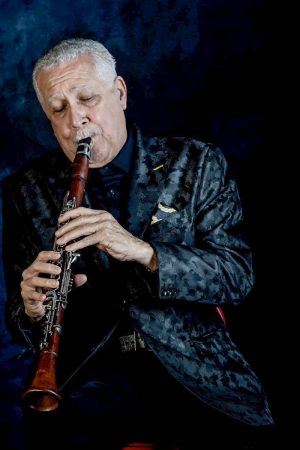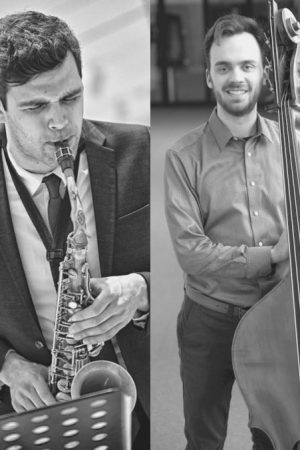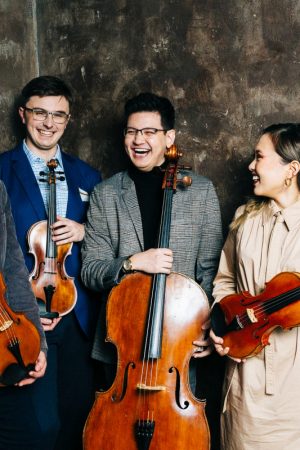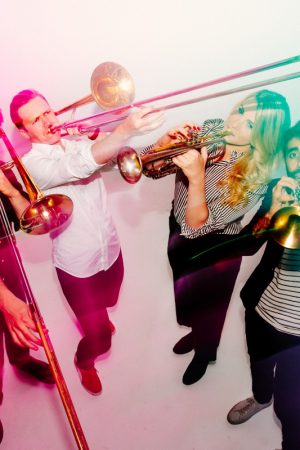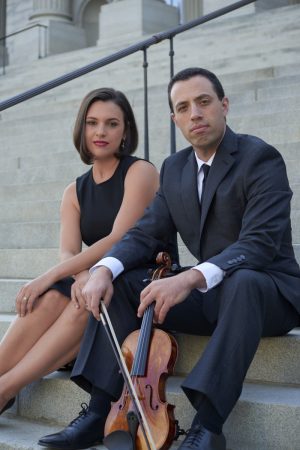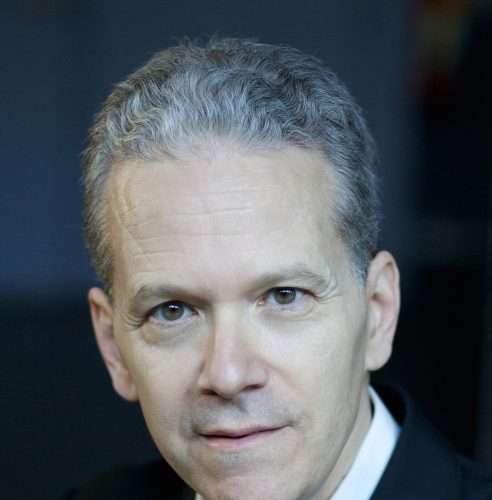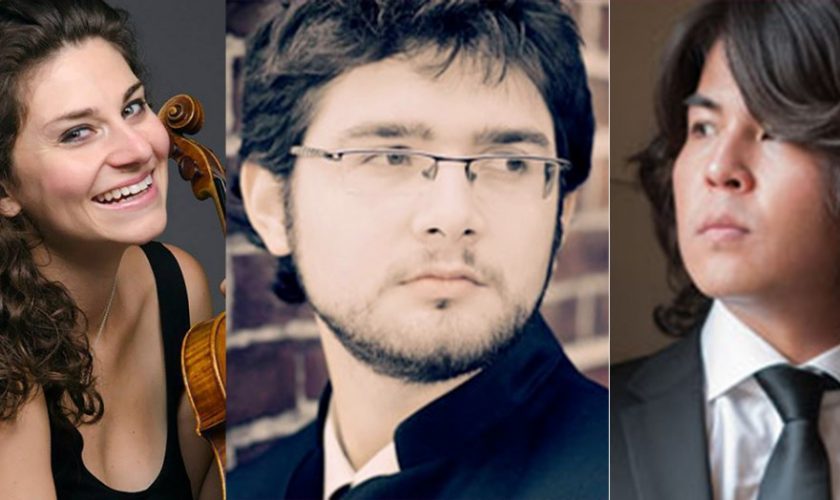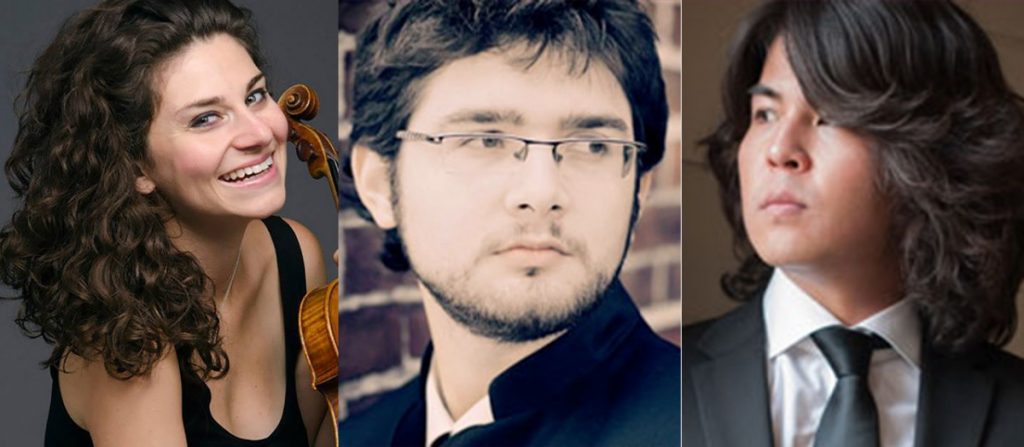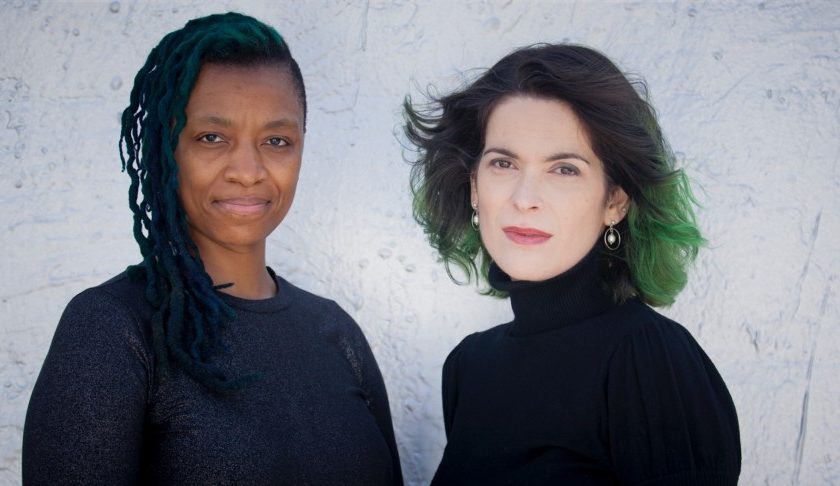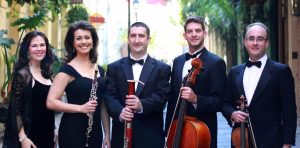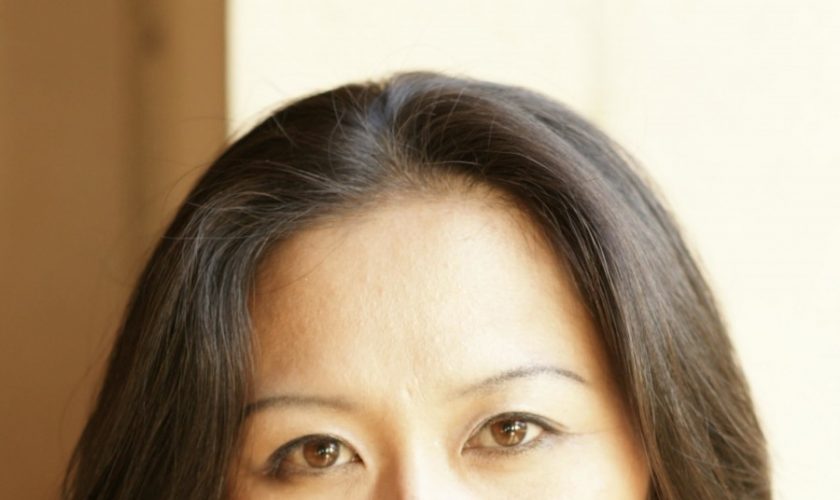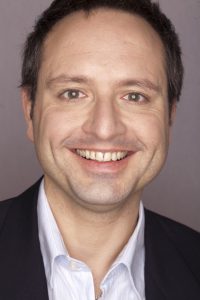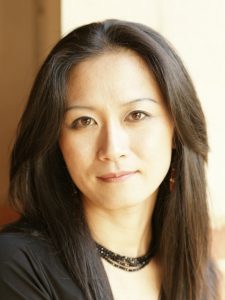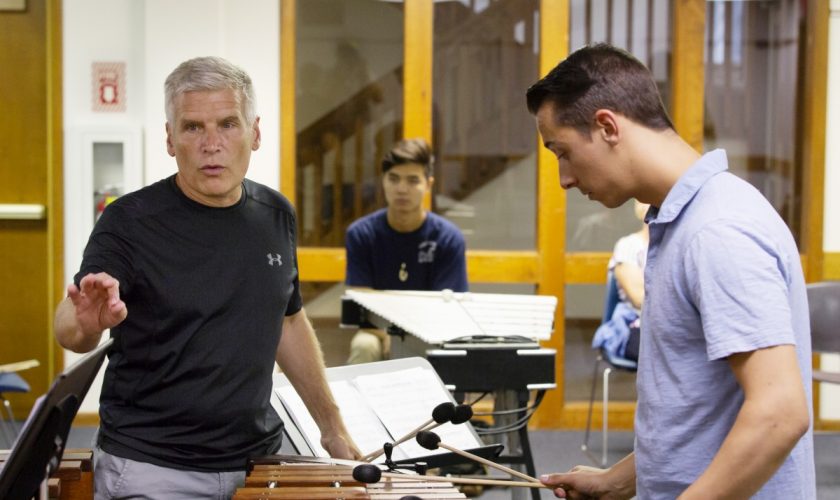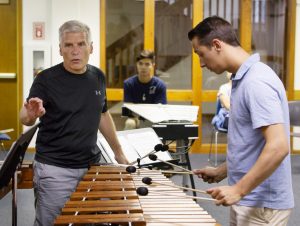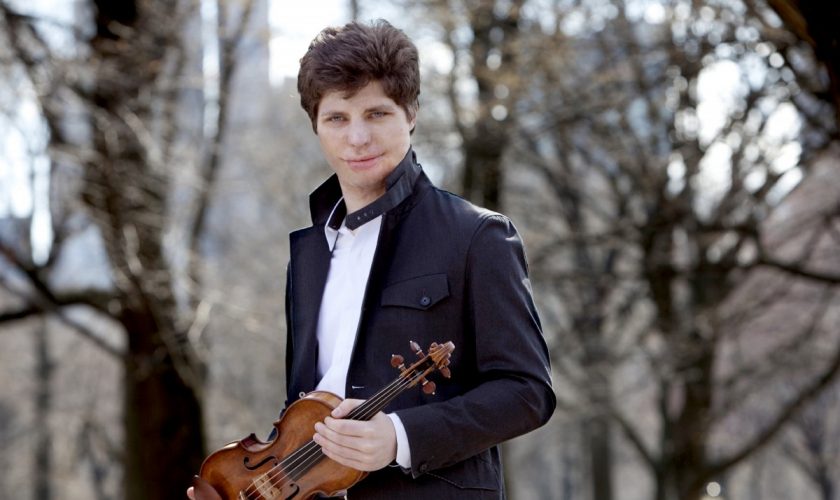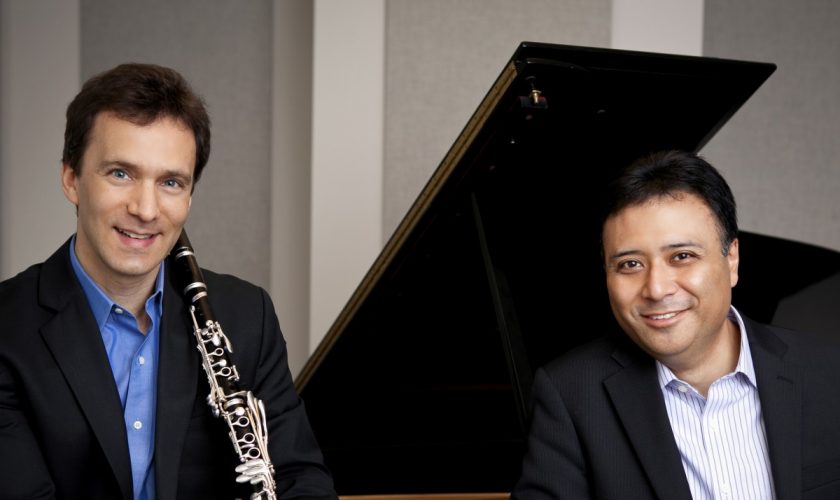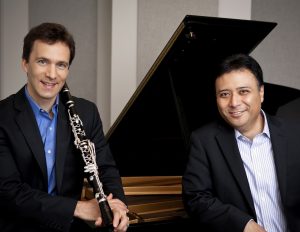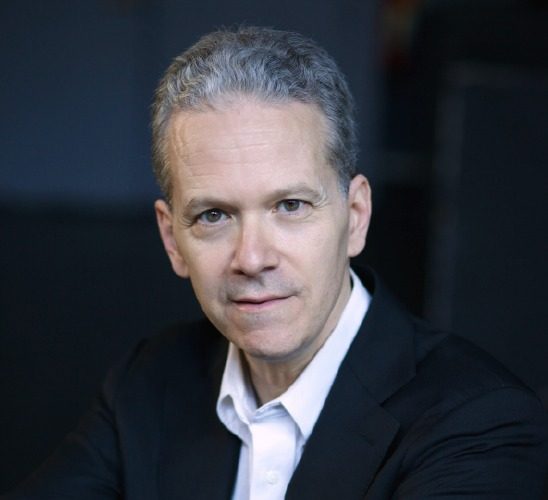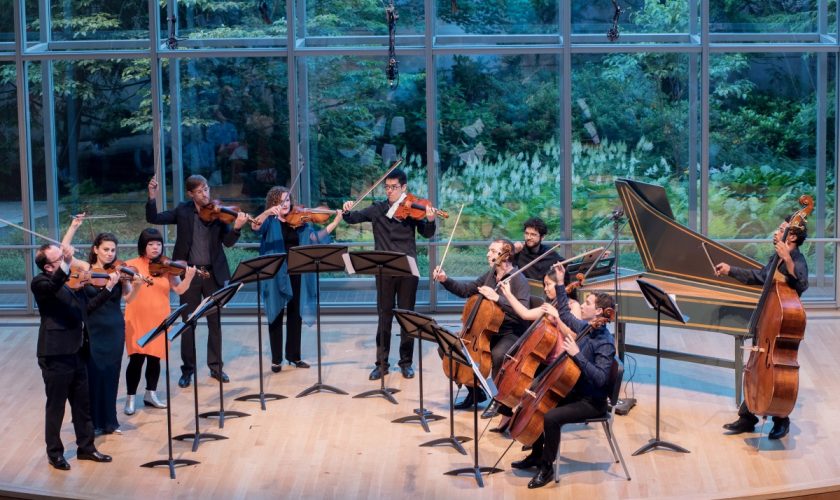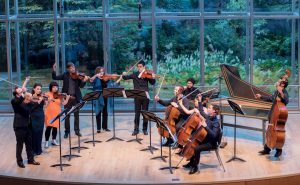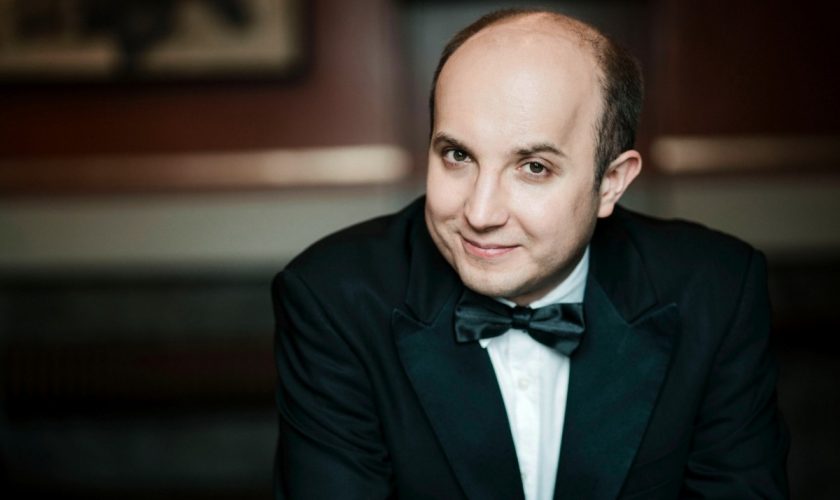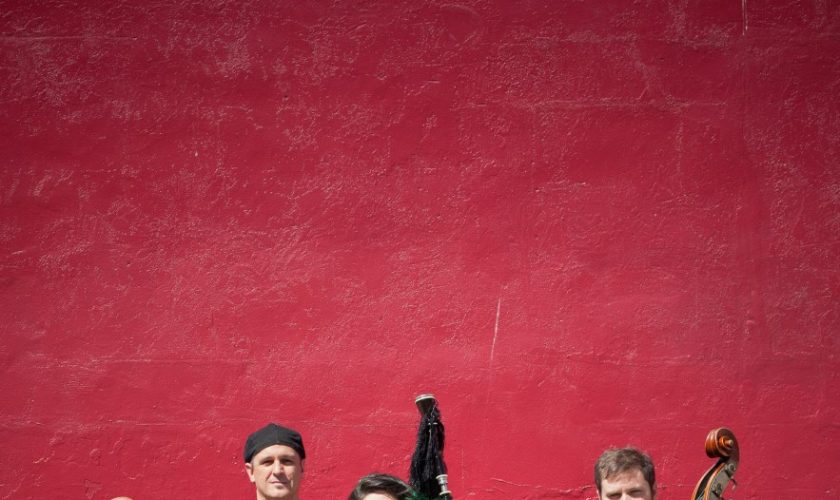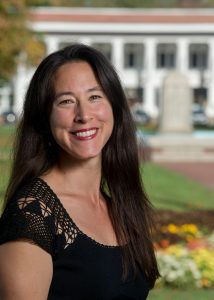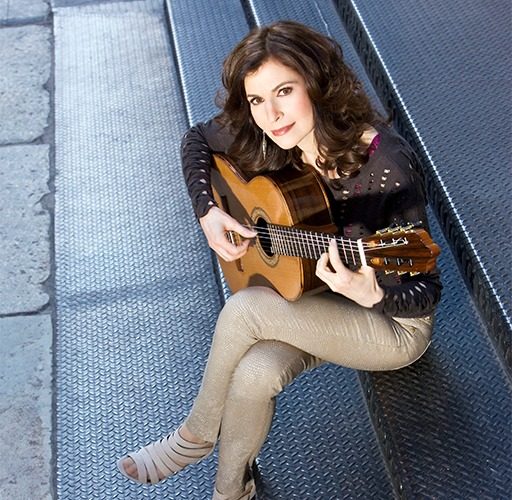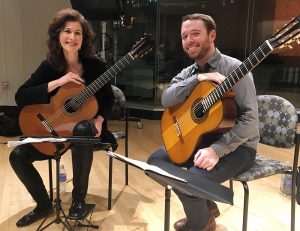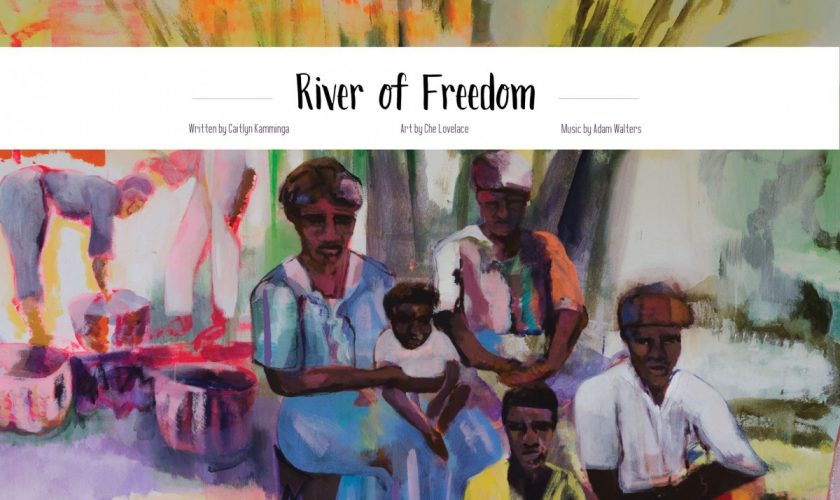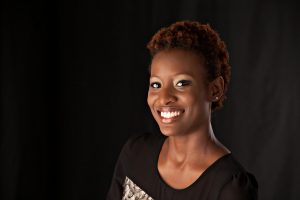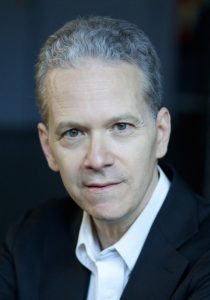
For the first in this year’s Chautauqua Chamber Music Resident Artist Series, “Music from the Other Europe,” Brian Zeger’s piano is getting political. Through his Eastern European programming, Zeger wants to redefine what belongs on the concert stage, and he’s well aware his definition is broader than most.
“Anything with good craft and good passion belongs on the stage,” Zeger said. “I say ‘enough’ with the qualifications.”
The performance will feature Zeger, pianist and guest voice faculty, alongside two School of Music faculty: violin instructor Nurit Pacht and cello faculty Tobias Werner at 4 p.m. EDT Monday, July 13, on CHQ Assembly’s Video Platform.
The “unique and uncommon” pieces from Eastern Europe include Antonín Dvořák’s “Silent Woods,” Ernest Bloch’s “Simchas Torah (Rejoicing)” and “Nigun,” Leoš Janáček’s “Pohadka (Fairy Tale)” and Béla Bartók’s “First Rhapsody.”
“When a lot of people think of European classical music, they think of Germany, Austria, Italy and France, but just a couple hundred miles east of there are some wonderful musical cultures,” Zeger said.
Austria is the “go-to influence” in Eastern European music because the Austrians were the political power of the Habsburg Empire, Zeger said. Amidst the Austrians, however, were communities of Czechs, Hungarians, Romanians, and Jews, Zeger said, from which he drew inspiration while building the program.
“When you take music out of the village and put it on the concert stage, it’s a kind of political statement — it’s an elevation of something which we might take for granted by thinking it doesn’t carry the same formal weight,” he said.
Dvořák was a Czech composer, one of the first to achieve worldwide recognition. He frequently employed the folk music of Moravia and his native Bohemia in his work. His “Silent Woods,” is the fifth part of the cycle for piano four-hands, “Ze Šumavy,” meaning “from the Bohemian forest.” The work was also transcribed by the composer for cello and piano, which Zeger called a “perfect fit” for him and Werner.
“It’s a beautiful lyrical piece that really evokes the Czech landscape Dvořák loved so much,” Zeger said. “It’s a nature piece, but it’s also about love of country and love of homeland. You can feel his passion in the tone.”
Both of Bloch’s pieces come from his three-movement suite “Baal Shem: Three Pictures of Chassidic Life,” for violin and piano, and is named after the 18th-century founder of the Hasidic Movement, Rabbi Israel ben Elieze, also known as the Baal Shem Tov.
Pacht described “Simchas Torah” as a joyful, celebratory piece that sounds like a dance, where “Nigun” is more expressive and emotional.
“They both have that folk feel, but they are so very different,” she said. “There is a heartfelt, sincere earthiness about the music.”
Janáček’s “Pohadka” is a swift, three-movement piece that Werner considers a “musical short story.”
“The characters, tempo, and moods change very quickly,” Werner said. “It feels like storytelling because Janáček is so imaginative and colorful. I would call his music instantly recognizable — it sounds like nothing else.”
The concert will finish off with Bartók’s “First Rhapsody,” the first of two virtuoso works for violin and piano. Zeger said the piece has a “keen ensemble sense” that required substantial rehearsal.
“This is a real masterpiece,” Zeger said. “In 10 minutes, he manages to compress many different styles of (Romani) violin playing. He was transcribing what he heard … violinists play. It was a real joy to put this together with Nurit.”
“First Rhapsody” is based on Hungarian folk music, which intrigued Bartók both as a composer and as an academic researcher. The rhapsody is full of hints of folk fiddling, improvisatory-sounding variations in the melodies and multiple stops of the sort.
Pacht said while the style is noticeably different, Bartók never set out to “reconstruct” Jewish music.
“He was interested in portraying the feeling of ecstasy that he was so familiar with in his exposure to Jewish music as a Jew,” Pacht said. “It’s not like he came from a studio place of trying to develop melodies that are authentic. For him, it was emotional.”
Zeger, Pacht and Werner played together once before during the 2019 Chamber Music Resident Artist Series. Werner said it was comforting to be joined by old friends for a performance that is “anything but ordinary.”
“With some people, you just don’t worry anymore,” Werner said. “When the three of us played together, we immediately trusted each other, which is such an important part of chamber music. With trust, you know that wherever a piece of music takes you, it will be something special.”
This series is made possible by Bruce W. and Sarah Hagen McWilliams.

